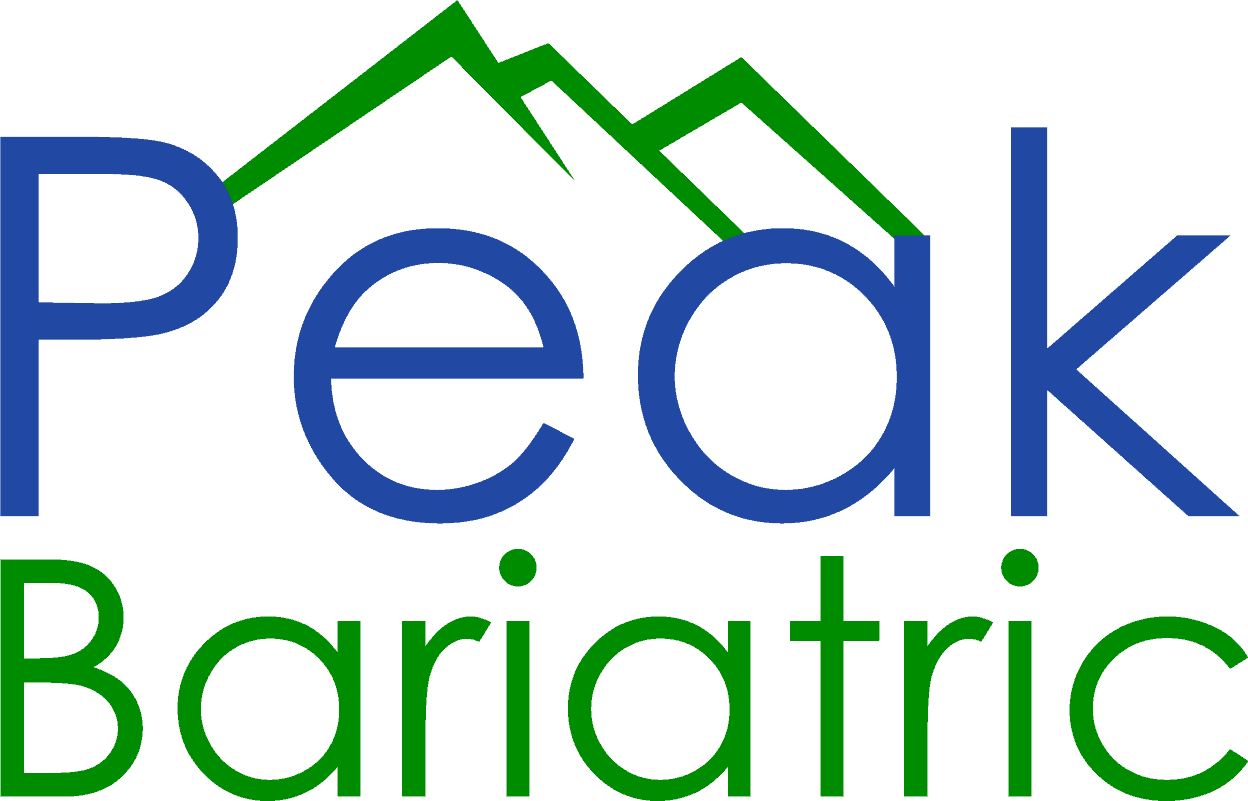Vertical gastric sleeve surgery (or VSG), also known as single anastomosis sleeve gastrectomy (SASG), is a type of bariatric surgery that is used to help people with obesity lose weight. It is similar to traditional gastric sleeve surgery, but it involves making a smaller, tube-shaped stomach using a vertical rather than horizontal incision.
In traditional gastric sleeve surgery, a large portion of the stomach is removed and the remaining part of the stomach is stapled horizontally to create a smaller stomach. In vertical gastric sleeve surgery, a smaller portion of the stomach is removed and the remaining part is stapled vertically to create a smaller stomach.
The main advantage of vertical gastric sleeve surgery is that it is less invasive than traditional gastric sleeve surgery and has a shorter recovery time. It may also be associated with a lower risk of complications and a lower risk of developing nutritional deficiencies.
However, vertical gastric sleeve surgery may not be as effective at achieving long-term weight loss as traditional gastric sleeve surgery or other types of bariatric surgery, such as gastric bypass surgery. It is also a relatively new procedure, so there is limited research available on its long-term effects.
If you are considering bariatric surgery, it’s important to discuss the options with your doctor and consider factors such as your overall health, the severity of your obesity, and your goals for weight loss. Your doctor can help you determine the best treatment option for your needs.
VSG Pros and Cons
Like any surgical procedure, VSG has both potential benefits and risks. Some of the potential benefits of VSG include:
- Significant weight loss: VSG can lead to significant weight loss, particularly in the first year after surgery. On average, people lose about 60% of their excess body weight after VSG.
- Improvement in obesity-related health problems: VSG can improve or resolve a number of health problems related to obesity, such as type 2 diabetes, high blood pressure, and sleep apnea.
- Increased quality of life: Many people experience an improvement in their quality of life after VSG, including increased energy and mobility, as well as improved self-esteem and body image.
Some of the potential risks and drawbacks of VSG include:
- Surgical complications: Like any surgical procedure, VSG carries a risk of complications, such as bleeding, infection, and blood clots.
- Nutritional deficiencies: VSG can lead to deficiencies in certain nutrients, such as iron, B vitamins, and calcium. It’s important to follow a balanced diet and take supplements as recommended by your doctor to help prevent deficiencies.
- Long-term weight regain: Some people may experience weight regain after VSG, particularly if they don’t follow a healthy diet and exercise regularly. It’s important to adopt healthy lifestyle habits to help maintain weight loss after surgery.
- Cost: VSG is a major surgery and can be expensive, especially if it is not covered by insurance. It’s important to consider the financial implications before deciding to have the procedure.
Overall, VSG can be an effective option for people with obesity who have not been able to achieve significant weight loss through diet and exercise alone. It’s important to discuss the potential benefits and risks with your doctor and consider your individual needs and circumstances before deciding if VSG is the right choice for you.
